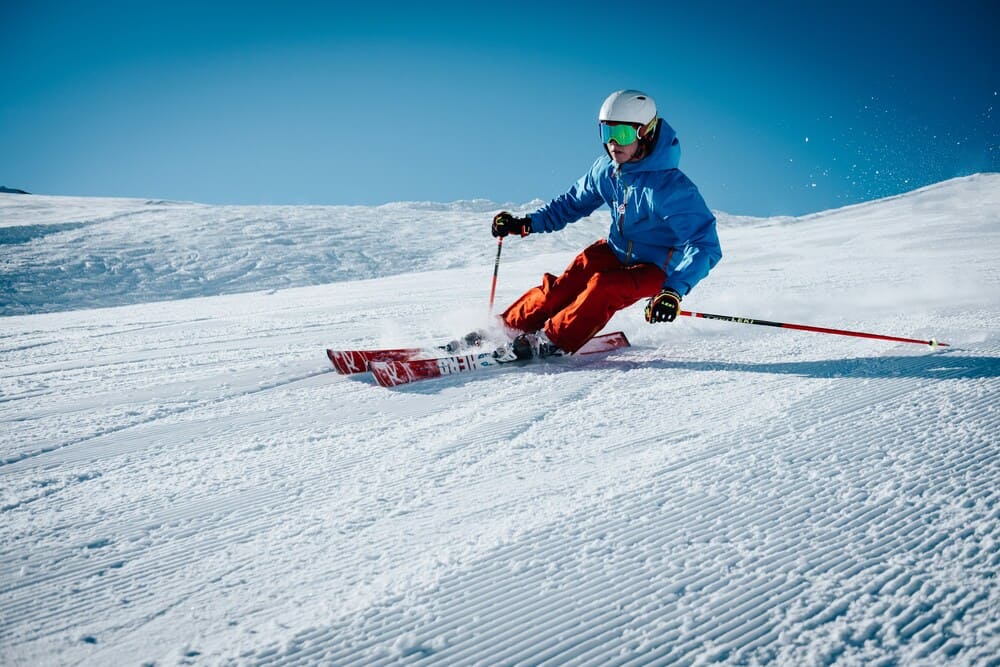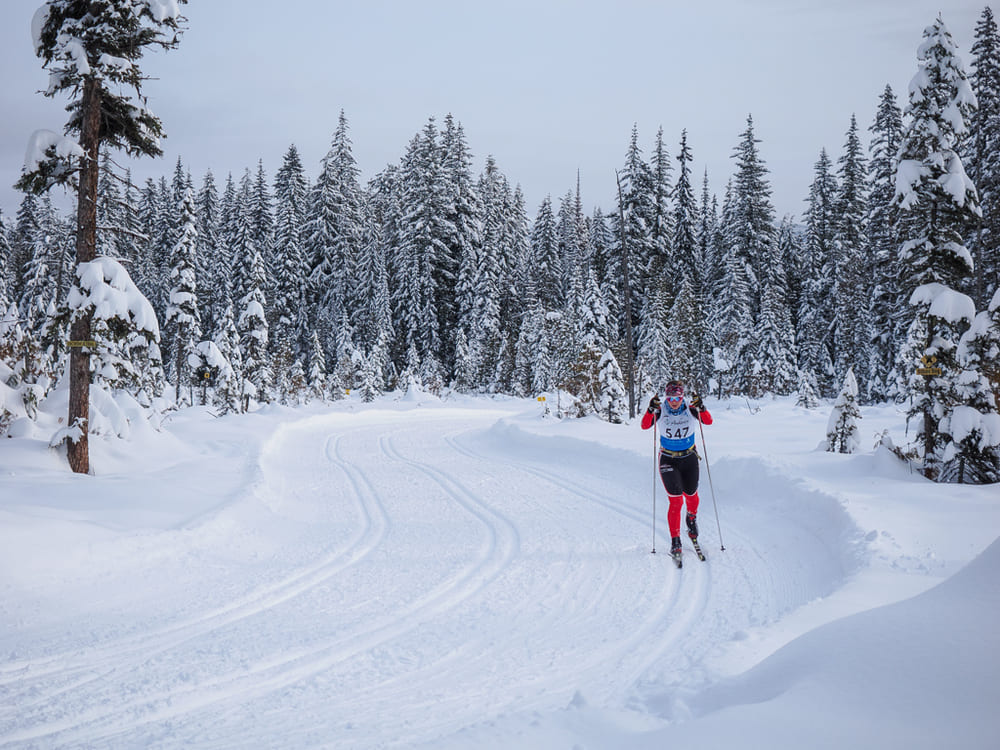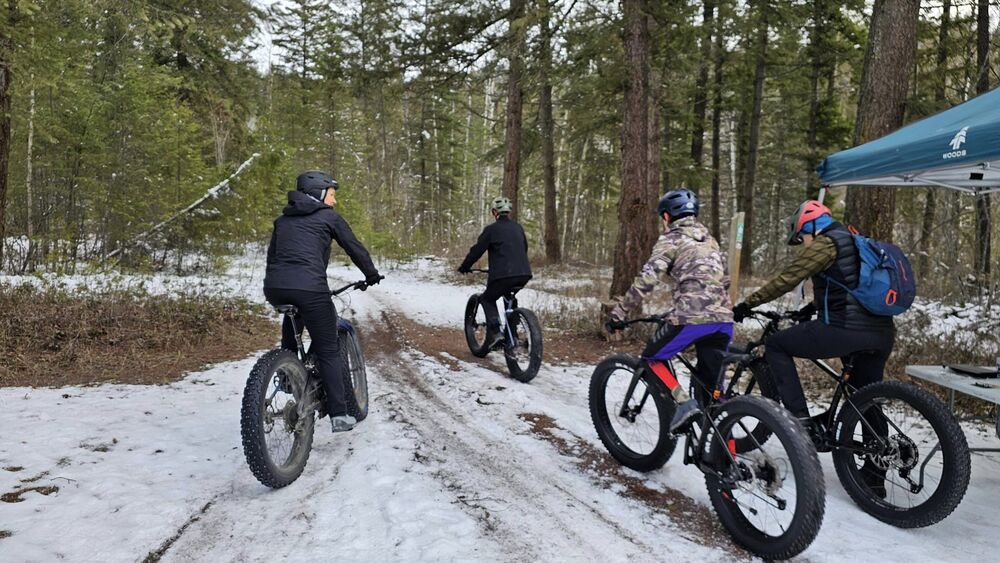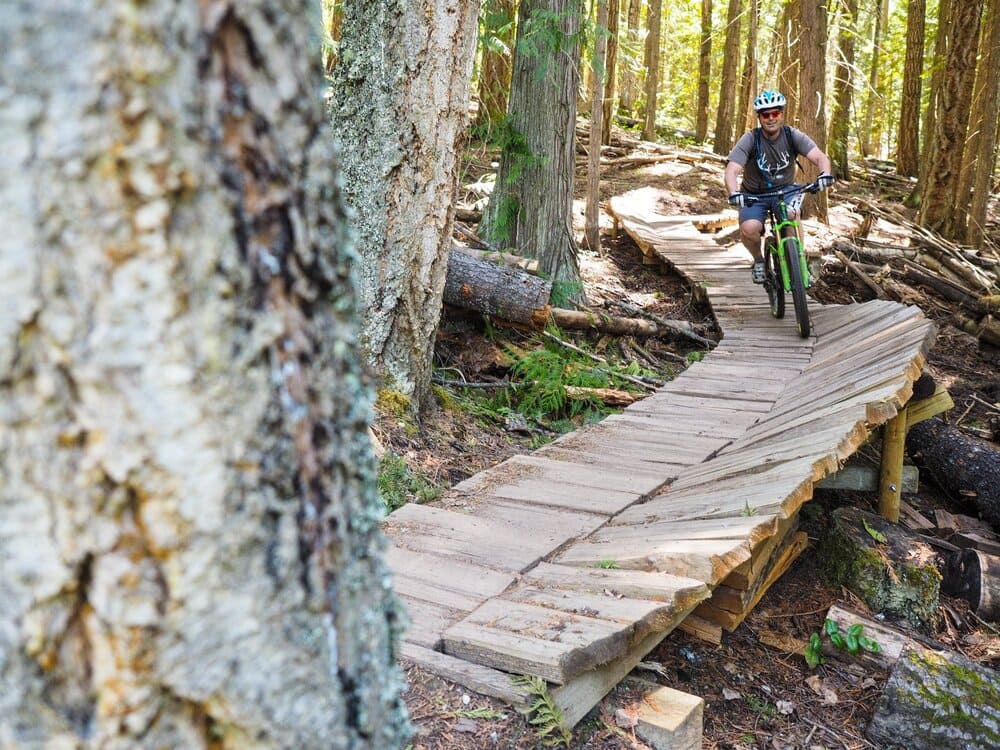Skiing is a thrilling winter sport that millions enjoy each year. It offers a unique mix of speed, skill, and stunning scenery. However, skiing also comes with a high risk of injury. Whether you’re new to skiing or an experienced skier, understanding how to prevent common injuries is key to staying safe on the slopes. Injuries can range from mild sprains to severe conditions that could end a skiing season or have long-term effects. This article provides practical advice on avoiding common skiing injuries through proper technique, the right equipment, and specific conditioning exercises.
The Importance of Proper Technique
Mastering the correct skiing techniques is one of the best ways to avoid injuries. Many accidents happen because skiers lack proper form, which can lead to falls, collisions, and overexertion. Learning the correct technique takes more than just watching videos or reading guides; it requires consistent practice and, ideally, instruction from a qualified professional.
Beginners should consider taking lessons, which can be invaluable for injury prevention. Certified instructors teach the basics, such as how to maintain balance, control speed, and turn safely. Even experienced skiers can benefit from refresher lessons to fine-tune their skills and correct any bad habits that may have developed over time.
A common mistake that leads to injuries is leaning back while skiing, especially on steep slopes. This posture puts unnecessary pressure on the knees and increases the risk of losing control. Skiers should maintain a centered stance, with weight distributed evenly over both skis. Keeping the hips and knees slightly bent also helps absorb shocks from uneven terrain, reducing the impact on joints.
Properly executing turns is another crucial aspect of technique. Turning helps control speed and direction, but doing it incorrectly can lead to falls or collisions. When turning, it’s important to start the movement with the lower body instead of relying on the upper body. This reduces strain on the knees and allows for smoother, more controlled turns. Skiers should also focus on where they want to go, rather than looking down at their skis, to maintain better balance.
Selecting the Right Equipment
Using the correct equipment is vital for preventing skiing injuries. The wrong gear can hinder performance and increase the risk of accidents. Skiers must ensure that all their equipment, from skis and boots to helmets and poles, is properly fitted and suited to their skill level and the conditions of the slopes.
The first step is choosing the right skis. Skis come in various shapes and sizes, each designed for different types of skiing and terrain. Beginners are generally recommended shorter skis because they are easier to control. Experienced skiers might choose longer, more specialized skis depending on whether they’re skiing on groomed trails, powder, or in the backcountry. Whatever the choice, skis should be checked regularly for wear and tear, such as cracks or delamination, as these can compromise safety.
Boots are another critical piece of equipment. Properly fitting boots provide the necessary support and control, allowing the skier to transfer movements to the skis effectively. Boots that are too tight can cause discomfort and restrict circulation. On the other hand, boots that are too loose can lead to instability and increase the risk of injury. It’s important to have boots professionally fitted to ensure they match the skier’s foot shape and skiing style.
Bindings, which connect the boots to the skis, also play a crucial role in injury prevention. Modern ski bindings are designed to release the boot during a fall, reducing the risk of leg injuries. However, for bindings to function correctly, they must be set to the skier’s weight, height, and ability level. Many skiing injuries occur because bindings do not release when they should, often due to improper adjustment. Skiers should have their bindings checked by a professional at the start of each season and any time their weight or skill level changes significantly.
Helmets are essential for protecting against head injuries, which can be among the most serious in skiing. A helmet should fit snugly without being too tight, and it should meet safety standards. While helmets significantly reduce the risk of head injuries, they are not a substitute for skiing safely. Skiers should always be aware of their surroundings, including other skiers, obstacles, and changes in terrain, to avoid situations that could lead to a fall or collision.
Conditioning the Body for Skiing
Physical conditioning is a key part of injury prevention in skiing. The sport demands a high level of strength, endurance, flexibility, and coordination. Skiers who are not physically prepared are more likely to suffer from muscle strains, joint injuries, and fatigue-related accidents.
A good conditioning program for skiing should focus on several key areas: leg strength, core stability, flexibility, and cardiovascular endurance. Leg strength is perhaps the most critical, as the legs bear the brunt of the forces involved in skiing. Exercises like squats, lunges, and leg presses can help build muscle strength in the quadriceps, hamstrings, and calves. These muscles provide power for skiing and help protect the knees and other joints from injury.
Core stability is equally important. A strong core helps maintain balance and control on the slopes. Planks, Russian twists, and medicine ball exercises are excellent for developing core strength. A strong core also reduces the risk of back injuries, which are common among skiers who spend long hours on the slopes.
Flexibility is essential for preventing injuries. Stretching exercises that focus on the legs, hips, and lower back can improve flexibility and range of motion, making it easier to perform the movements required in skiing. Regular stretching also helps prevent muscle strains and pulls, which are common among skiers who push themselves too hard without proper warm-up or cool-down routines.
Cardiovascular endurance is crucial for maintaining energy levels during long days of skiing. Skiing at high altitudes can be especially demanding due to the lower oxygen levels. Aerobic exercises like running, cycling, and swimming can help build the endurance needed to ski safely for extended periods. This reduces the risk of fatigue-related injuries.
Understanding the Risks of Fatigue
Fatigue is a major factor in many skiing injuries. As skiers become tired, their form deteriorates, reaction times slow, and they are more likely to make mistakes. Recognizing the signs of fatigue and knowing when to take a break is essential for injury prevention.
One common mistake skiers make is overestimating their endurance, especially at the start of a ski trip when they might feel fresh and eager. However, skiing is a physically demanding activity, and even the most conditioned athletes need to pace themselves. Taking regular breaks, staying hydrated, and eating nutritious meals can help maintain energy levels and reduce the risk of fatigue-related injuries.
Listening to your body is crucial. If you start feeling unusually tired, sore, or cold, it’s a sign that you need to rest. Pushing through fatigue can lead to poor decision-making and a loss of control, both of which are major contributors to accidents. It’s better to call it a day early and return to the slopes the next day refreshed, rather than risk an injury that could end your ski trip.
The Role of Warming Up and Cooling Down
Warming up before hitting the slopes and cooling down afterward are essential practices for preventing skiing injuries. A proper warm-up routine prepares the muscles and joints for skiing, increasing blood flow and flexibility while reducing the risk of strains and sprains. Dynamic stretches, such as leg swings, arm circles, and lunges, are particularly effective at loosening up the body.
In addition to stretching, some light aerobic exercise, like jogging in place or jumping jacks, can help elevate the heart rate and get the body ready for skiing. Spending 10 to 15 minutes warming up can make a significant difference in performance and injury prevention.
Cooling down after skiing is just as important as warming up. After a long day on the slopes, the muscles are often tight and fatigued. Gentle stretching and low-intensity activities, such as walking or slow cycling, can help flush out lactic acid, reduce muscle soreness, and promote recovery. This practice helps prevent injuries that could occur in the following days due to tight, overworked muscles.
Conclusion
Preventing skiing injuries requires a well-rounded approach. This includes mastering proper technique, selecting the right equipment, conditioning the body, recognizing the risks of fatigue, and incorporating effective warm-up and cool-down routines. By focusing on these areas, skiers can significantly reduce their risk of injury and enjoy the sport more safely. Skiing is an exhilarating activity, but safety should always come first. With the right preparation and mindset, you can have a thrilling and injury-free experience on the slopes.




